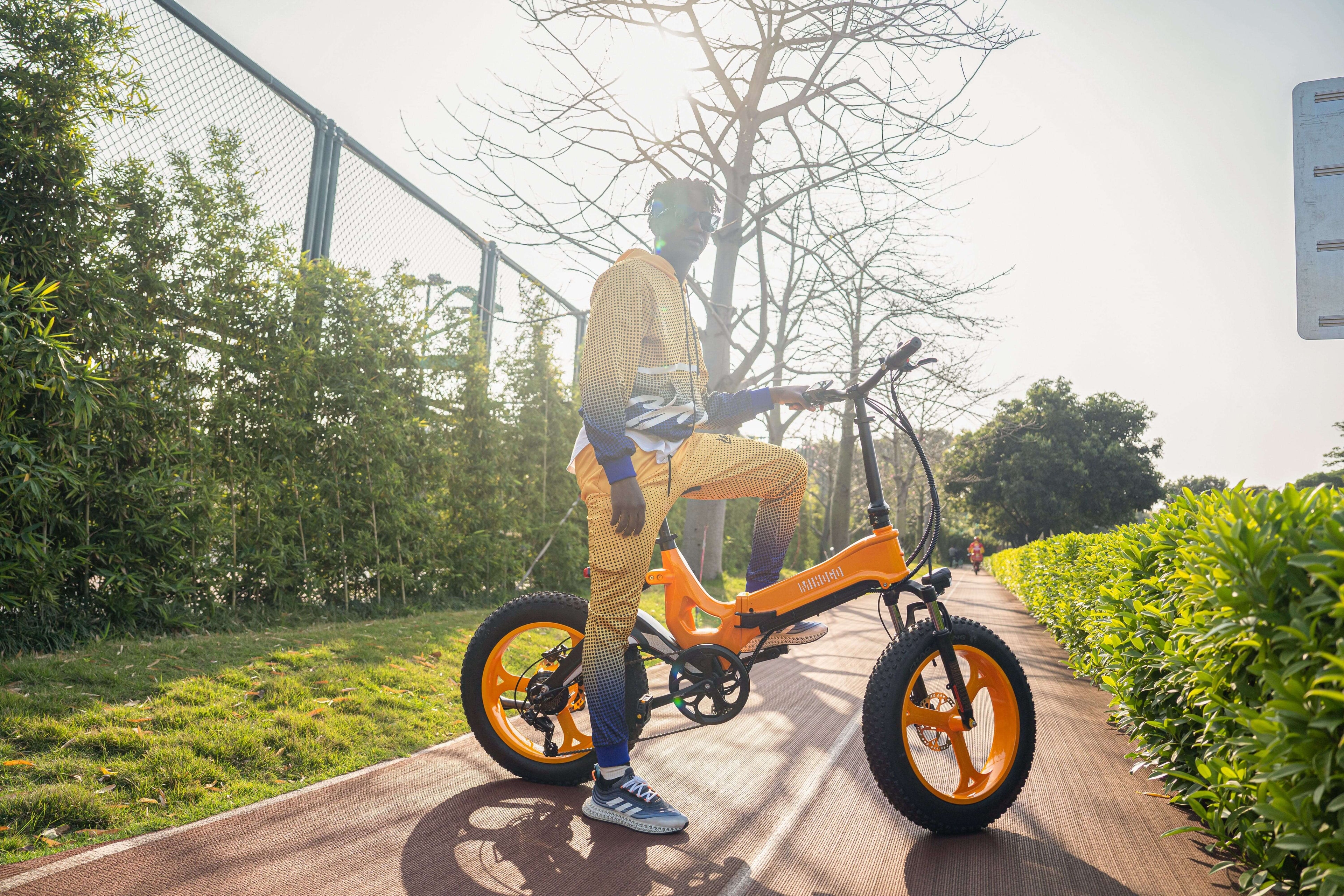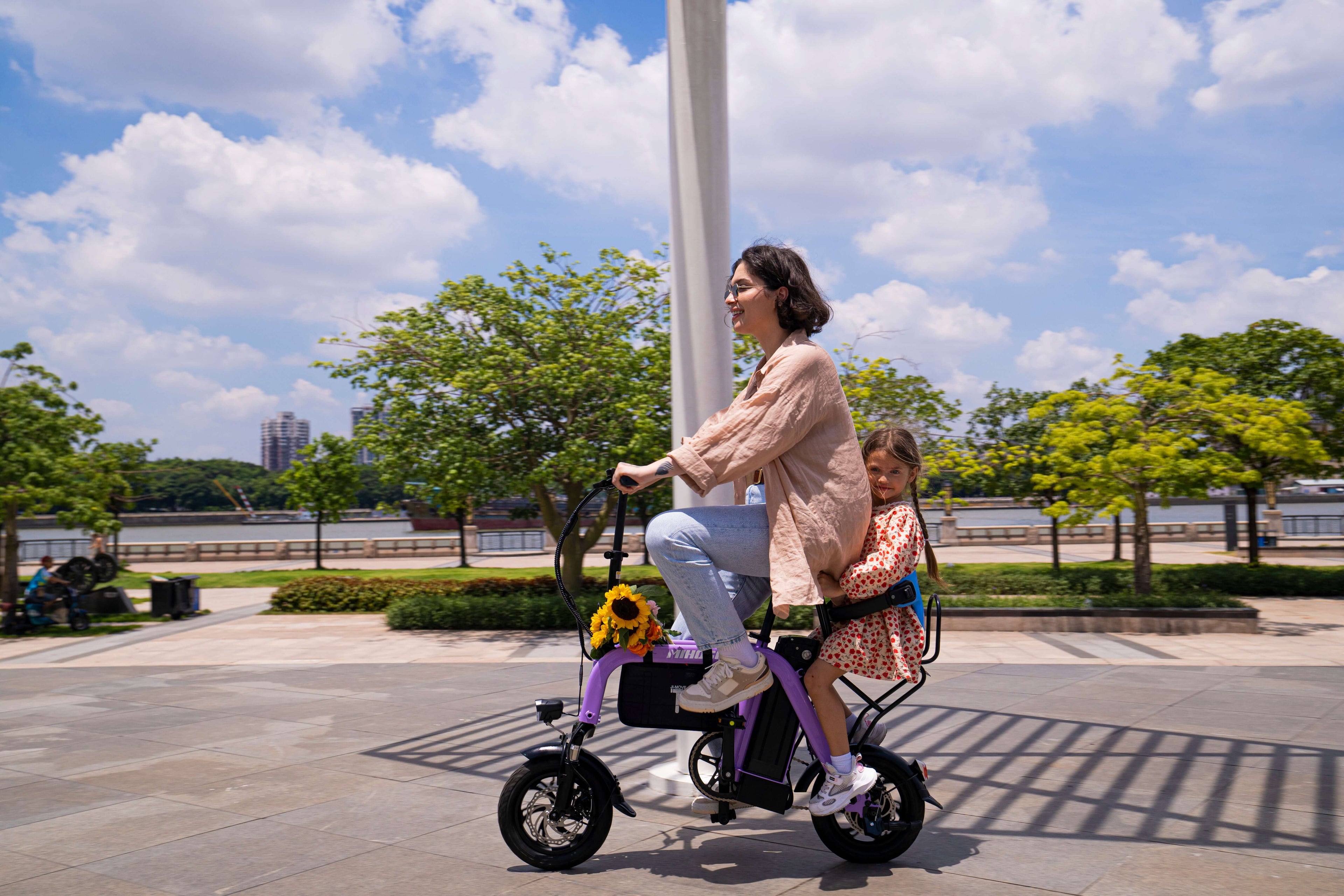What Are Class 3 E-Bikes?
Class 3 e-bikes, due to their higher speeds, often come with added restrictions like age limits, helmet mandates, and limited bike path access. These speed pedelecs are designed for efficiency and urban commuting, offering pedal-assist power up to 28 mph without throttle assistance.
Key Features of Class 3 Electric Bikes:
- Maximum Speed: 28 mph with pedal assistance
- Motor Power: Limited to 750 watts
- Throttle: Not permitted (pedal-assist only)
- Required Equipment: Must include speedometer
Where Can You Ride Your Class 3 E-Bike?
Allowed Areas
Class 3 bikes, due to their higher speeds, often come with added restrictions like age limits, helmet mandates, and limited bike path access. Generally, Class 3 e-bikes are permitted on:
- Public roads and bike lanes (following traffic laws)
- "Curb to curb" infrastructure alongside vehicle traffic
- Designated bike paths where specifically authorized by local ordinance
Restricted Areas
In the 36 states that recognize the three-class system of ebikes, class 3 ebike motors cannot exceed 750 watts of power and are generally prohibited on bike trails and shared-use pathways. Common restrictions include:
- Multi-use recreational trails
- Shared-use pathways
- Mountain bike trails
- Some bike paths (unless local laws permit)
Age Requirements and Safety Regulations
Minimum Age Requirements
Age restrictions vary by state, but common requirements include:
- California: Must be at least 16 years old
- Texas: Must be 15 or older
- Florida: No minimum age, but under 16 must wear helmets
Helmet Requirements
Class 3 e-bikes face a throttle ban, need a speedometer, and require helmets for riders under 18. Most states mandate:
- Helmets for all riders under 18
- Helmets for all Class 3 riders (regardless of age in some states)
- Passengers on Class 3 e-bikes must wear helmets
State-by-State Variations
California's Updated 2025 Regulations
California's SB No. 1271 bill reinforces the three-class e-Bike system, limits motor power to 750 watts, and prohibits modifications that exceed 20 mph on throttle mode. This legislation came into effect January 1, 2025, targeting illegal modifications and ensuring safety compliance.
New York Regulations
New York's ebike regulations are relatively straightforward. Class 1 ebikes are officially permitted in NYC, with sidewalk restrictions applying statewide. Your class 2 ebike and class 3 ebike can operate on roads but not bike paths in most areas.
Texas Guidelines
Texas allows Class 3 electric bikes, under certain restrictions. Riders must be 15 or over; however, younger riders can use Class 3 e-bikes if supervised by an adult.
Understanding the Benefits Despite Restrictions
Even with limitations, Class 3 e-bikes offer significant advantages for urban mobility:
Commuting Efficiency
The higher speed capability makes Class 3 e-bikes ideal for longer commutes and efficient urban transportation. For thrill-seekers craving speed and safety, Class 3 eBikes deliver pedal-assist power up to 28 mph, allowing riders to keep pace with traffic flow.
Environmental Impact
As cities focus on reducing carbon emissions, e-bikes provide a sustainable alternative to car-dependent transportation. The growing e-bike infrastructure supports this shift toward eco-friendly urban mobility.
Safety Considerations for Class 3 E-Bike Riders
Battery Safety
Battery safety is a growing concern, with reports of fires making headlines in 2024. In response, the U.S. Consumer Product Safety Commission (CPSC) is expected to implement stricter safety standards for e-bike manufacturers by mid-2025.
Responsible Riding Practices
- Always wear appropriate safety gear
- Follow traffic laws and local regulations
- Be aware of other trail users when permitted on shared paths
- Maintain appropriate speeds in congested areas
The Future of Class 3 E-Bike Regulations
Evolving Legislative Landscape
Could e-bike riders need a license? It's already a requirement in parts of the UK, and discussions are underway in cities like New York. As the market grows, we can expect continued evolution in regulations balancing safety with accessibility.
Technology Integration
Modern Class 3 e-bikes increasingly feature smart connectivity, GPS tracking, and safety systems that may influence future regulatory frameworks.
Making the Right Choice for Your Needs
When considering a Class 3 e-bike, evaluate:
- Your typical riding routes and their regulations
- Local infrastructure and bike lane availability
- Commuting distance and speed requirements
- State and local age and helmet requirements
Staying Informed About Local Laws
E-bike regulations continue evolving as communities adapt to increased adoption. Before purchasing or riding a Class 3 e-bike:
- Check local ordinances in your area
- Contact local authorities for trail-specific rules
- Stay updated on changing regulations
- Consider joining local cycling advocacy groups for ongoing updates
Conclusion
While Class 3 e-bike restrictions may seem limiting, they're designed to ensure safety while accommodating the growing demand for efficient electric transportation. The e-Bike market is booming in 2025, driven by innovations and a 10% annual growth rate, with city commuters dominating the market share.
Understanding these regulations empowers riders to make informed decisions and enjoy their high-speed e-bikes responsibly. As infrastructure continues developing and regulations adapt, Class 3 e-bikes will play an increasingly important role in sustainable urban mobility.
For the latest updates on e-bike regulations and to explore our range of innovative electric bikes, visit our e-bike safety guidelines section.








